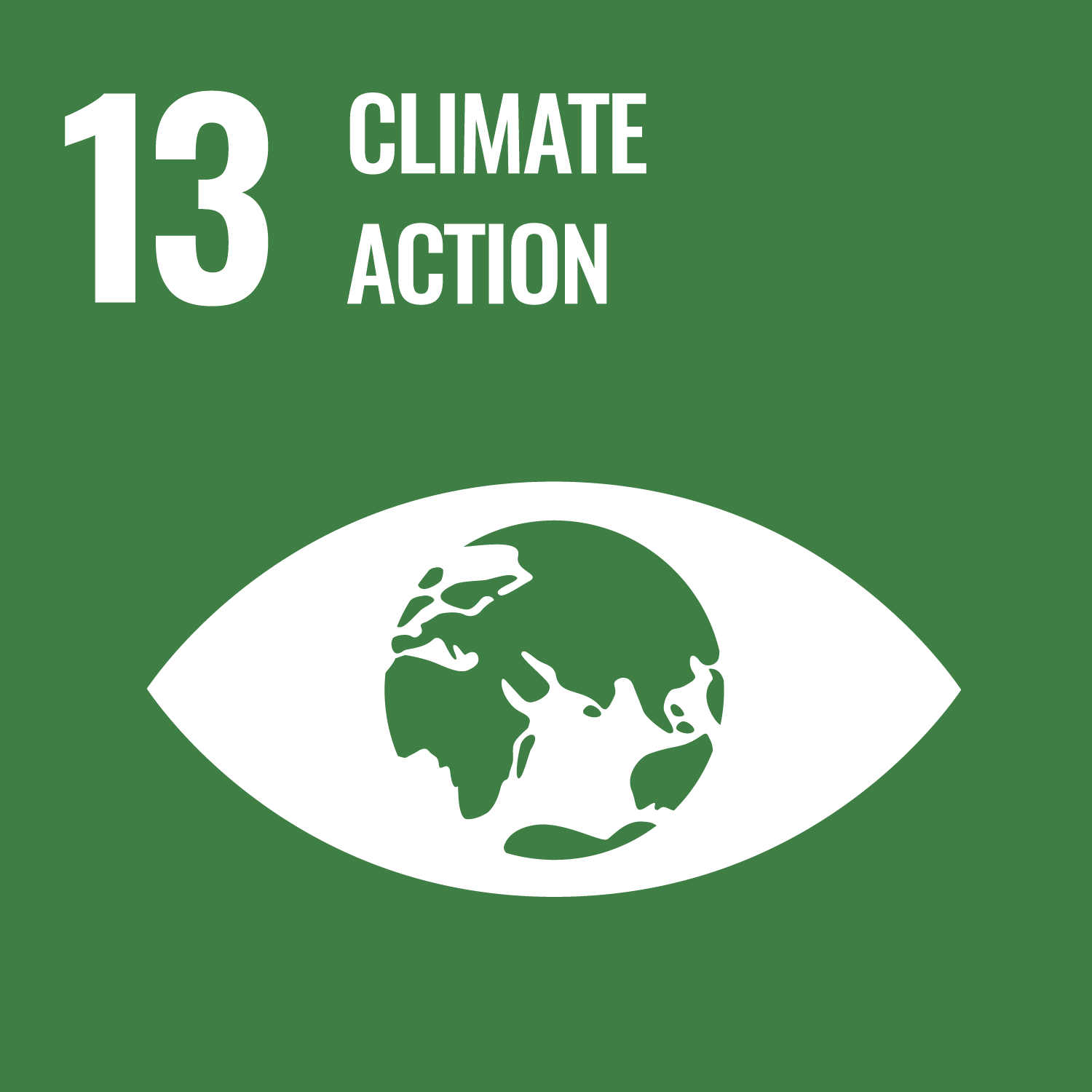ORCID
- Sophie Fauset: 0000-0003-4246-1828
Abstract
Strong El Niño events alter tropical climates and may lead to a negative carbon balance in tropical forests and consequently a disruption to the global carbon cycle. The complexity of tropical forests and the lack of data from these regions hamper the assessment of the spatial distribution of El Niño impacts on these ecosystems. Typically, maps of climate anomaly are used to detect areas of greater risk, ignoring baseline climate conditions and forest cover. Here, we integrated climate anomalies from the 1982–1983, 1997–1998, and 2015–2016 El Niño events with baseline climate and forest edge extent, using a risk assessment approach to hypothetically assess the spatial and temporal distributions of El Niño risk over tropical forests under several risk scenarios. The drivers of risk varied temporally and spatially. Overall, the relative risk of El Niño has been increasing driven mainly by intensified forest fragmentation that has led to a greater chance of fire ignition and increased mean annual air temperatures. We identified areas of repeated high risk, where conservation efforts and fire control measures should be focused to avoid future forest degradation and negative impacts on the carbon cycle.
DOI Link
Publication Date
2019-09-27
Publication Title
Atmosphere
Volume
10
Issue
10
Acceptance Date
2019-09-24
Embargo Period
2019-12-18
First Page
588
Last Page
588
Recommended Citation
Esquivel-Muelbert, A., Bennett, A., Sullivan, M., Baker, J., Gavish, Y., Johnson, M., Wang, Y., Chambers-Ostler, A., Giannichi, M., Gomes, L., Kalamandeen, M., Pattnayak, K., & Fauset, S. (2019) 'A Spatial and Temporal Risk Assessment of the Impacts of El Niño on the Tropical Forest Carbon Cycle: Theoretical Framework, Scenarios, and Implications', Atmosphere, 10(10), pp. 588-588. Available at: 10.3390/atmos10100588



